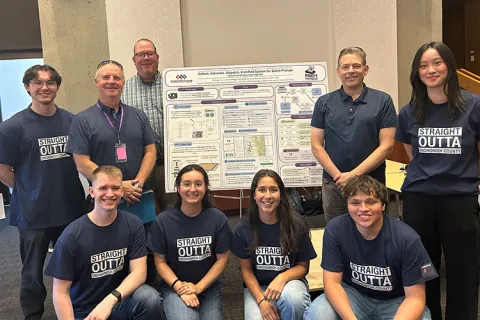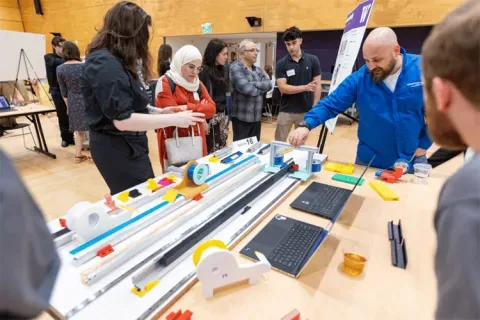PATH
Clean Drinking Water Communication
A stop sign is a clear messaging tool that provides a clear and simple instruction. Do you know if similar messages exist to tell people whether water is safe or unsafe to drink? If you weren’t sure if water was safe to drink, what messaging would convince you that it is safe to do so? Globally, there are no standard guidelines for how to convey this information. What would help you decide whether to take a drink? On signs, are words or pictures better? PATH is a global team of innovators working to accelerate health equity so all people and communities can thrive. PATH advises and partners with public institutions, businesses, grassroots groups, and investors to solve the world’s most pressing health challenges. PATH focuses on using a human centered design approach to bring clean and safe drinking water to health care facilities in low and middle income countries. As the climate changes, clean drinking water will become more and more of a challenge. Taking into consideration HCDE factors such as human behavior, communication methods, and accessibility and using information about handwashing efficacy as a qualitative research example, this student team worked to design communication strategies to influence behaviors and potentially help improve lives. This student team worked to create messaging to communicate information about safe water sources. Students worked to create a prototype and final documents intended to indicate safe water sources, such as physical images and files, digital versions of the same, and accompanying explanatory materials. Students also worked to create documents including product and user requirements, brainstorming records, study designs, data collection templates, and final presentation materials such as reports and posters.
Faculty Adviser(s)
Alan Marks, Human Centered Design & Engineering
Related News

Mon, 10/13/2025 | UW Mechanical Engineering
Capstone collaboration leads to award
An ME capstone team received first place for its energy audit of the UW School of Social Work building.

Thu, 07/17/2025
UW engineering students develop smart ballot solution
UW engineering students develop smart technology solution to improve ballot collection for Snohomish County.

Mon, 07/07/2025 | UW Mechanical Engineering
Capstone creations
Students displayed innovative capstone design projects at the 2025 expo.

Fri, 09/20/2024 | UW Civil & Environmental Engineering
Smarter irrigation for a greener UW
A new project combines satellite data with ground sensors to conserve water and create a more sustainable campus environment.